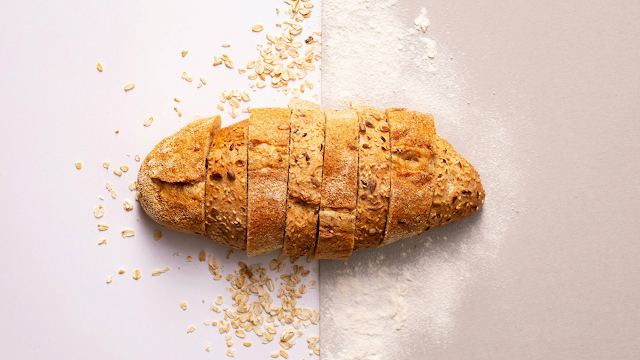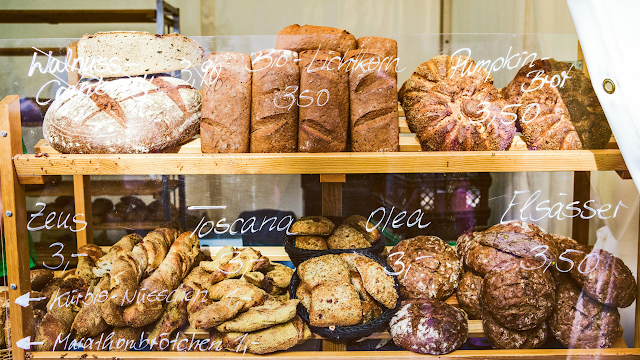Bread is more than just a staple food; it is a symbol of sustenance, a cultural artifact, and a socio-economic cornerstone that transcends borders. From crusty French baguettes to soft Asian steamed buns, bread has been a unifying force in human history, offering nourishment, tradition, and connection. This article explores how bread reflects cultural identity, the art of bread-making, and its profound socio-economic significance.
Bread as a Cultural Symbol
Bread holds a unique place in the cultural identity of societies worldwide. Its preparation, variety, and role at the dining table tell stories of tradition and community.
Europe: A Bread Lover’s Paradise
Europe's bread culture is deeply rooted in its history:
- France: The baguette is more than a loaf; it’s a national icon protected by UNESCO. Its simplicity—flour, water, salt, and yeast—epitomizes the French culinary philosophy.
- Germany: With over 300 varieties, Germany's bread heritage includes hearty rye loaves like pumpernickel and festive pretzels, staples at events like Oktoberfest.
Middle East: The Birthplace of Bread
The Middle East is home to some of the oldest bread-making traditions:
- Pita and lavash are versatile flatbreads central to Middle Eastern meals, doubling as utensils for scooping hummus or wrapping kebabs.
Asia: The Rise of Flatbreads and Steamed Delights
While rice dominates Asian diets, bread has its place:
- India: Naan and roti, cooked in tandoors, are essential to Indian cuisine, pairing perfectly with curries.
- Japan: Shokupan, a fluffy milk bread, showcases a fusion of Western and Japanese baking traditions.
The Americas: Innovation Meets Tradition
In the Americas, bread reflects innovation and adaptation:
- Mexico: Tortillas, made from maize or wheat, are the backbone of Mexican cuisine, from tacos to enchiladas.
- United States: Cornbread, a Native American legacy, and sourdough reflect a blend of history and modern trends.
The Art and Science of Bread-Making
Bread-making combines simple ingredients with intricate techniques, offering a canvas for creativity while rooted in science.
- Ingredients: Flour, water, yeast, and salt form the base, but regional variations introduce flavors like olive oil, nuts, or spices.
- Techniques:
- Sourdough: Fermented with wild yeast, it harks back to ancient methods, creating a complex flavor profile.
- Flatbreads: Chapati or injera require high heat and quick cooking, often on griddles or clay ovens.
- Communal Traditions: In Morocco, women bake bread together in communal ovens, turning a daily task into a social ritual.
Bread's Socio-Economic Impact
Bread’s importance extends beyond the kitchen, influencing economies, politics, and social harmony.
Economic Indicator
- Fluctuating wheat prices often reflect economic shifts. For instance, high bread prices contributed to the French Revolution, making bread a symbol of socio-economic stability.
- Subsidized bread is a political tool in many nations, ensuring affordability for all.
A Medium for Social Connection
- Sharing bread signifies unity and peace. In Ethiopia, communal meals centered around injera foster trust and togetherness.
- Bread riots in history underline its critical role in social stability.
Employment and Industry
- The global bread industry employs millions, from farmers and millers to bakers and distributors.
- The resurgence of artisan bakeries reflects a growing appreciation for handmade, locally crafted bread.
Why Bread Remains Universal
Bread’s enduring appeal lies in its accessibility, adaptability, and symbolism:
- Affordable and Nutritious: Bread provides essential calories and nutrients, making it a dietary staple for billions.
- Cultural Versatility: From sweet to savory, leavened to unleavened, bread adapts to every culture’s palate.
- A Symbol of Life and Resilience: Across religions and traditions, bread often represents life, communion, and endurance.
The next time you savor a piece of bread, remember: it’s not just sustenance—it’s a story of resilience, innovation, and connection that spans centuries and continents.











.png)

No comments:
Post a Comment